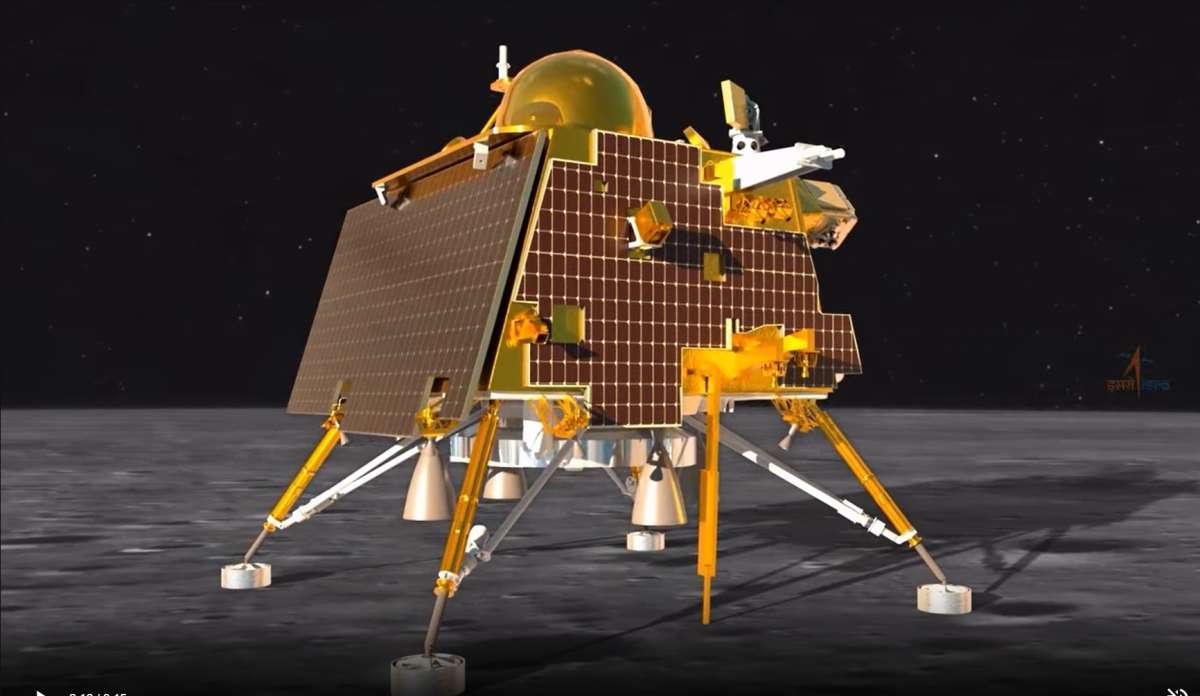The Unexpected Lunar “Hop”
In an unanticipated twist, the Chandrayaan-3 mission’s Vikram Lander, which had remained relatively quiet since its lunar landing on August 24, 2023, has sprung to life with an extraordinary achievement—a lunar “hop.” This maneuver, previously undisclosed by the Indian Space Research Organisation (ISRO), has added a remarkable chapter to India’s lunar exploration journey.
ISRO’s Silent Triumph
While ISRO had refrained from divulging details about this maneuver earlier, they recently revealed that the Vikram Lander had successfully executed a “hop experiment.” The lander exceeded its mission objectives by firing its engines upon command, elevating itself by approximately 40 cm, and landing safely at a distance of 30-40 cm from its original spot.

Vikram: From Tragedy to Triumph
Interestingly, ISRO’s newfound familiarity with the Vikram Lander is noteworthy. The organization has started addressing it by its name, ‘Vikram,’ on social media, a shift from referring to it as the generic ‘lander module’ or LM as it did previously. Notably, ‘Vikram’ had initially been assigned to the lander module of Chandrayaan-2, which, unfortunately, encountered a setback during its Moon landing attempt in 2019. The rover component of Chandrayaan-2 was named ‘Pragyaan.’ It’s worth mentioning that ISRO had not assigned specific names to the lander and rover of Chandrayaan-3 in official documents, where they are still referred to as the lander module (LM) and rover.
Possible FAQs Chandrayaan-3 lander Vikram
Q1: Why did ISRO keep the lunar “hop” maneuver a secret until now?
A1: ISRO likely kept it undisclosed as part of their operational strategy and to ensure mission success before making it public.
Q2: What does this lunar “hop” mean for the Chandrayaan-3 mission’s objectives?
A2: The successful “hop” experiment showcases the capabilities of the Vikram Lander and adds a surprising dimension to the mission’s achievements.
Q3: Will this revelation impact future lunar missions by ISRO?
A3: While it may influence mission planning and public communication, it primarily highlights ISRO’s dedication to lunar exploration.
Q4: Why has ISRO started calling the lander “Vikram”?
A4: This nomenclature is a tribute to the earlier Vikram Lander of Chandrayaan-2 and symbolizes the organization’s determination to learn from past experiences.
Q5: What are the broader implications of the Chandrayaan-3 mission?
A5: Chandrayaan-3 continues to expand India’s lunar exploration expertise and lays the groundwork for future lunar endeavors.




